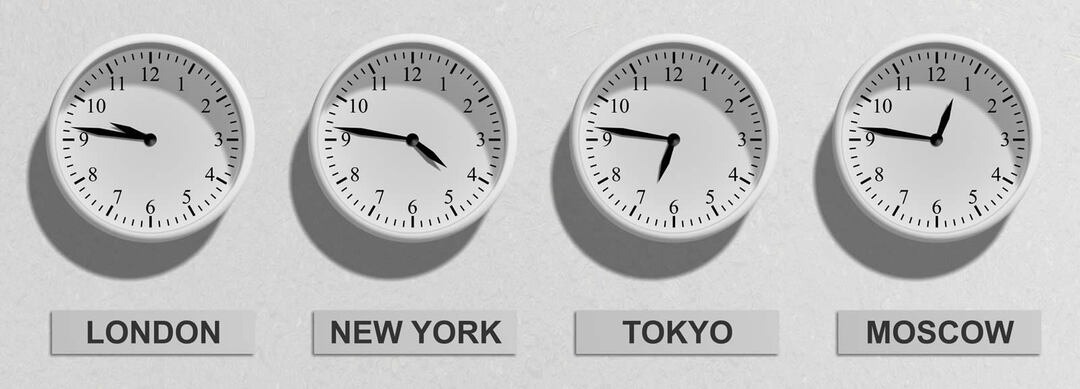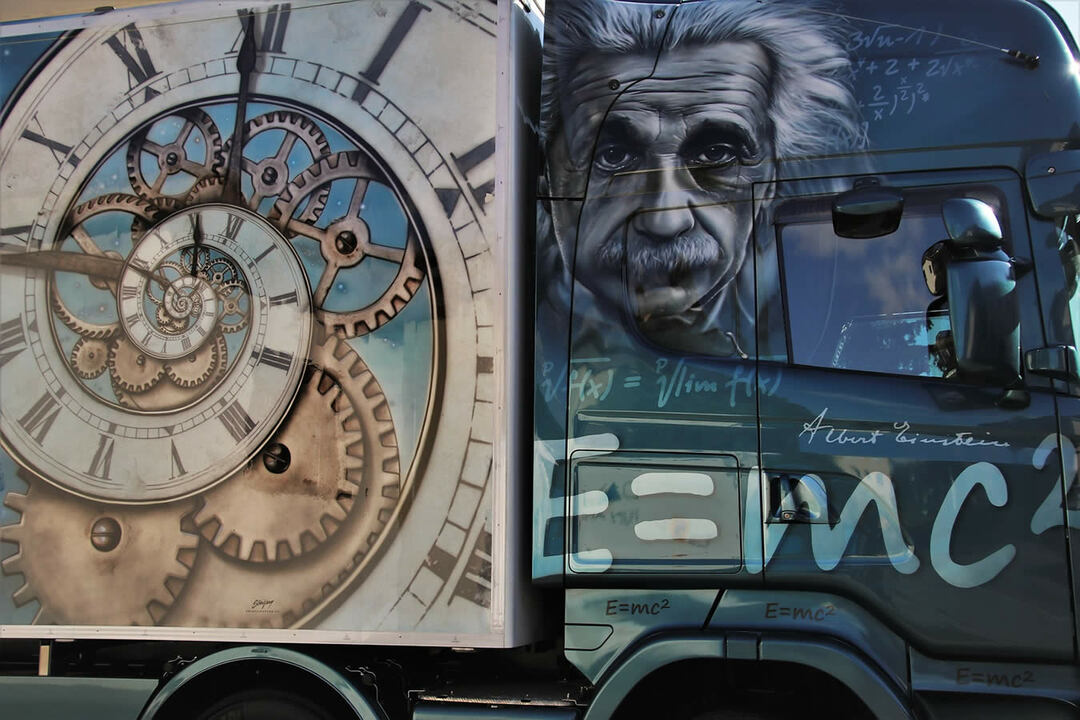Definition of Time (in Physics)
Inhibition String Theory / / April 02, 2023

Industrial Engineer, MSc in Physics, and EdD
Time (usually abbreviated as "you”) is a scalar physical quantity that expresses the duration or simultaneity of an event, therefore, it is It is related to the evolution, period, age or moment in which a certain phenomenon or situation occurs.
Despite being a scalar dimension, the passage of time always progresses progressively forward, for this reason negative times are not conceived in physics that represent a state present. It is a fundamental quantity in systems of units, and many derived quantities, such as velocity, acceleration, and power; to mention a few, they are defined based on the change of a dimension with respect to time. For this reason, time is one of the most widely used independent variables in science to study the evolution of other variables, and it is said to be independent because there is no control about him.

Thanks to the perception of time, people can establish a chronological order of events. And this property has allowed us to define readings of history.
time units
Time is a physical magnitude, which implies that it can be measured and operated, and also has units, which vary according to the system in which they are expressed. To measure this quantity, the stopwatch (it allows measuring time intervals) or the clock, which indicates the present or punctual time depending on the time zone and format, is used as an instrument.

Clocks are calibrated to indicate the time that corresponds to each region depending on its time zone, therefore, we find countries that simultaneously have different times.
In science and industry, the official system of units for publishing research is the "International System of Units (SI)", which is based on a series of patterns for fundamental quantities, which are accepted worldwide since they comply with the properties of being: invariable, accessible, reproducible and indestructible.

The image shows a coach using a stopwatch to measure the time it takes runners to cover a certain distance.
In the SI, time is expressed in seconds (s), which in turn can be accompanied by metric prefixes when it is desired to indicate very small or large amounts of time. On the other hand, there are also other units to measure time, which are shown in the following table, together with their equivalence with respect to 1 second.
Table 1. Different units of time and their equivalence with 1 second.
| Unit | Equivalence factor with 1s | Most common metric prefixes | Equivalence in seconds |
|---|---|---|---|
| minute (min) | 60s | nano(n) | 1ns = 10-9s |
| Hour (h) | 3,600s | Micro (μ) | 1μs = 10-6yes |
| Day D) | 86,400s | Milli (m) | 1ms = 10-3yes |
| month (month) | 2,592,000s* | kilo (k) | 1 ks = 103yes |
| year(y) | 31,536,000s* | Mega(M) | 1ms = 106yes |
* The equivalent in seconds for the units of months and years are based on the assumption that a month has 30 days and a year has 365 days.
The pattern of time in the International System of Units
Unit patterns refer to standards that serve to express how many times that pattern is contained in a certain measurement or result related to a specific dimension. It is said that they are standard because they allow unifying the measurements that use that measurement as a reference, for example, if in an article scientist, a researcher in Mexico reports 10.5 s, which represents exactly the same as for whoever reads that publication in Spain, Japan or in Australia. For this reason, in order to improve the accuracy of the patterns used by the SI, they have evolved to the pattern currently used.
Before 1967, 1 second was defined as the fraction \(\left( {\frac{1}{{60}}} \right)\left( {\frac{1}{{60}}} \right)\ left( {\frac{1}{{24}}} \right)\) of a day mean solar, which in turn is defined as the period of time between successive appearances of the Sun with respect to its highest location in the sky during each day .
From 1967 to the present, the definition was adjusted using the atomic clock as a pattern, which is based on the vibration produced by a cesium atom. Since then, 1 second represents 9,192,631,770 times the vibration period of the radiation emitted by a cesium 133 atom.
Time according to the theory of Relativity
In mechanical physics, time passes simultaneously for two observers, and is not affected by the movement of said bodies, however, According to the theory of relativity, time experiences a dilation, which is nothing more than a difference in the measurements of this variable made by two observers, which can be manifested by a difference in relative speed between them, or by the location of the bodies with respect to a field gravitational.

One of the most representative contributions demonstrated from Einstein's relativistic theory is the phenomenon of dilation of time and the breaking of simultaneity, caused by the movement of particles with velocities close to the of the light.


